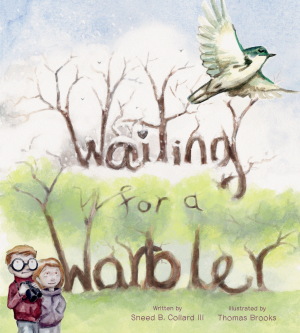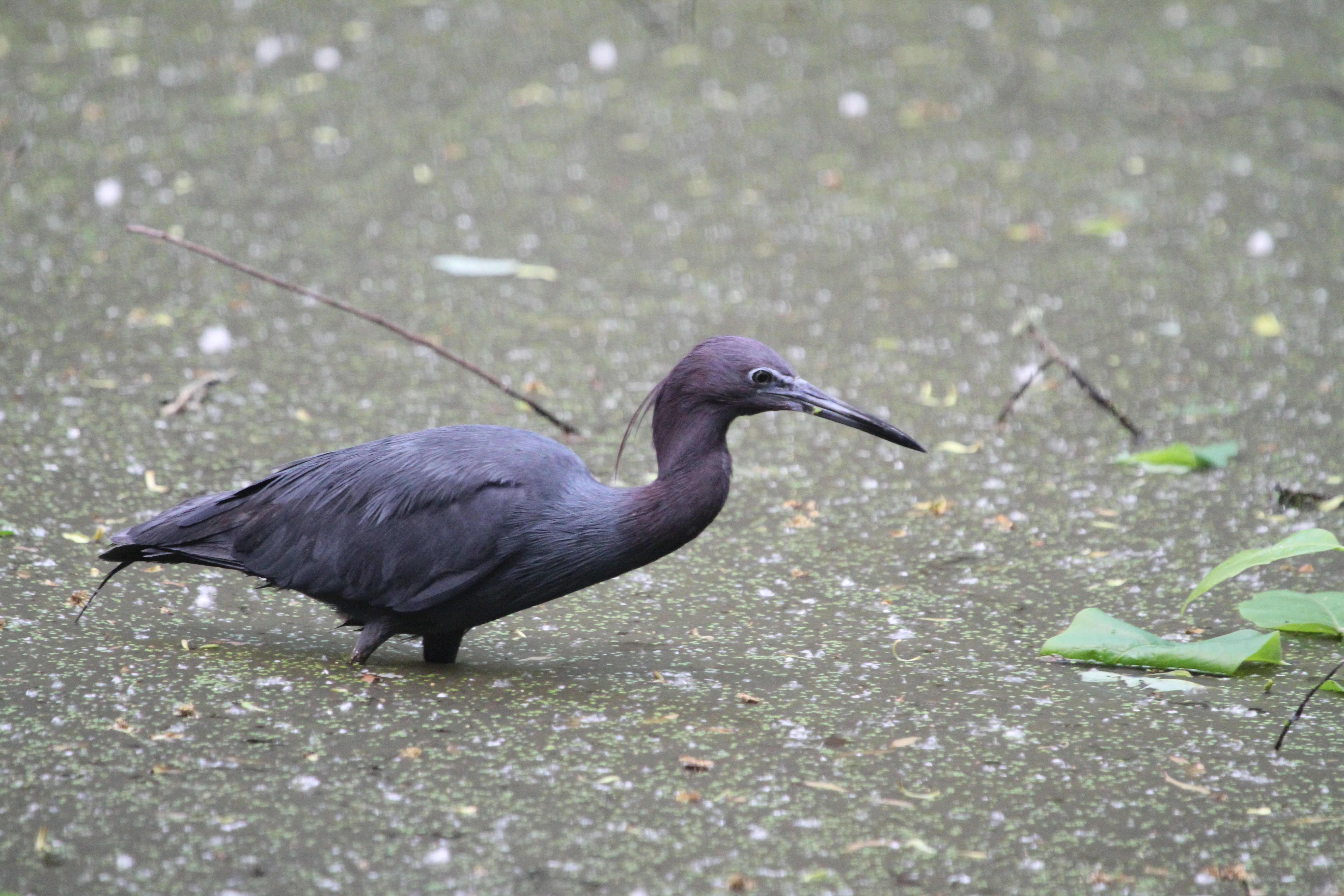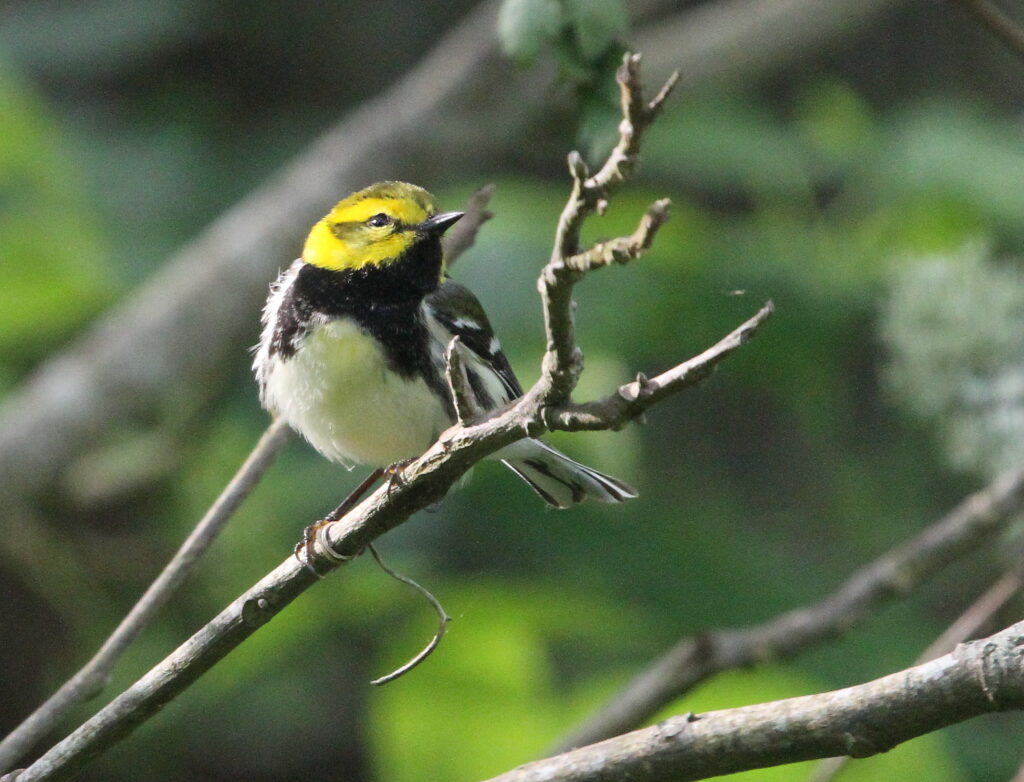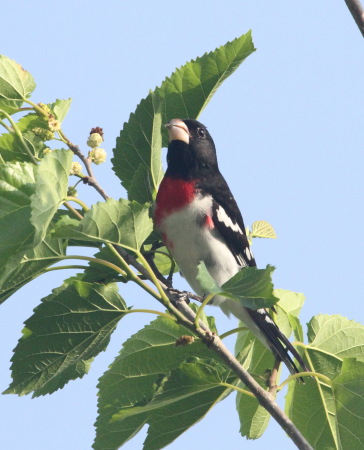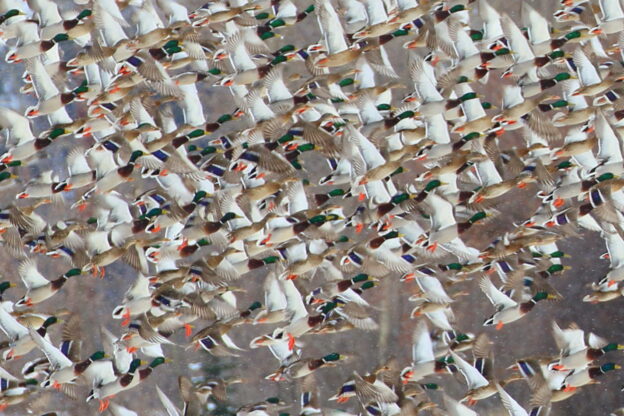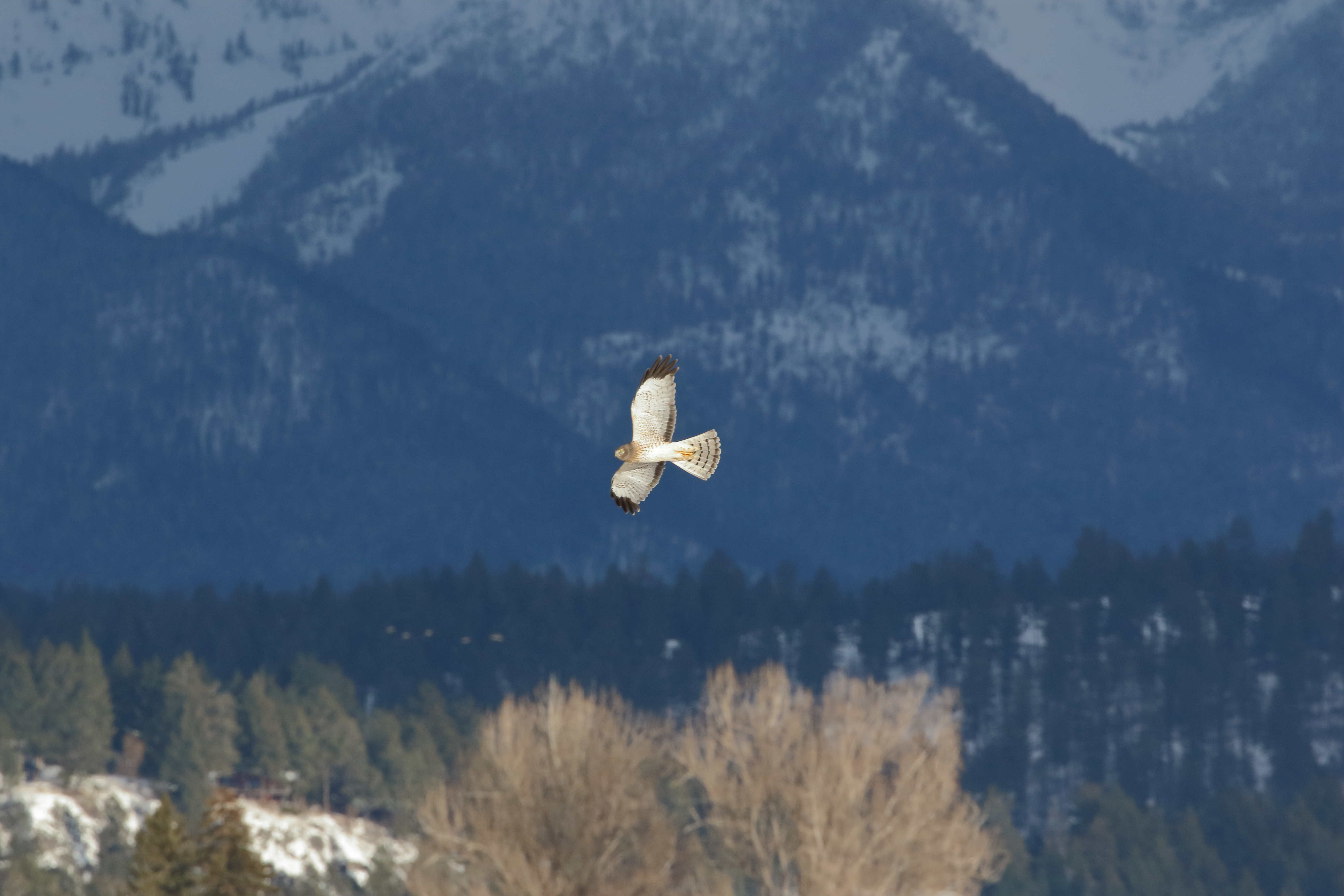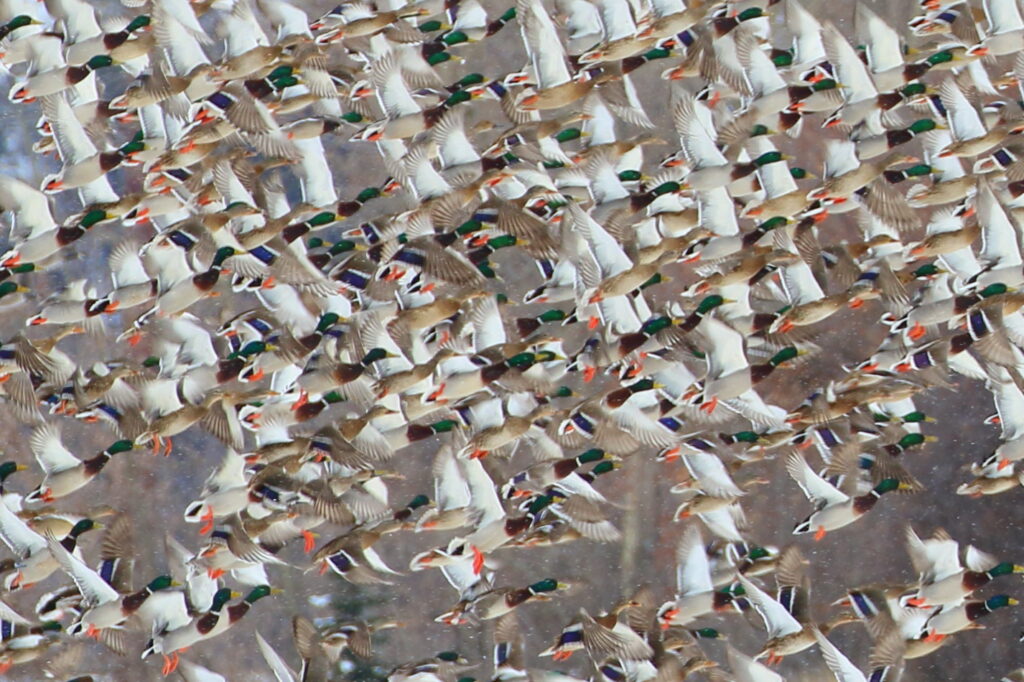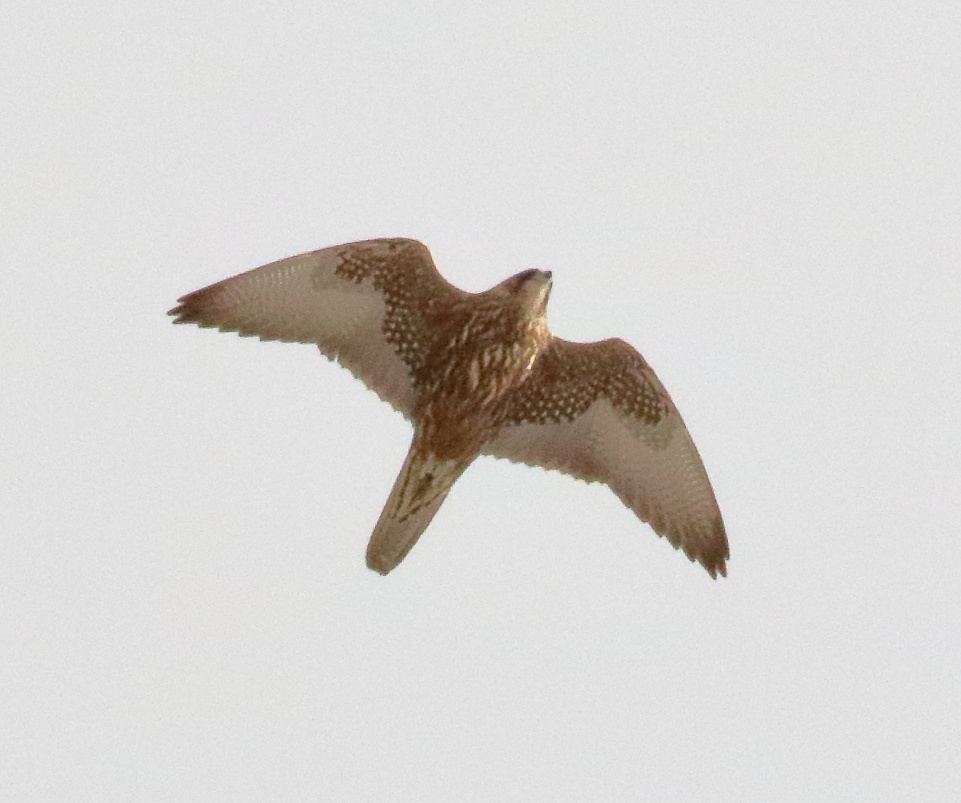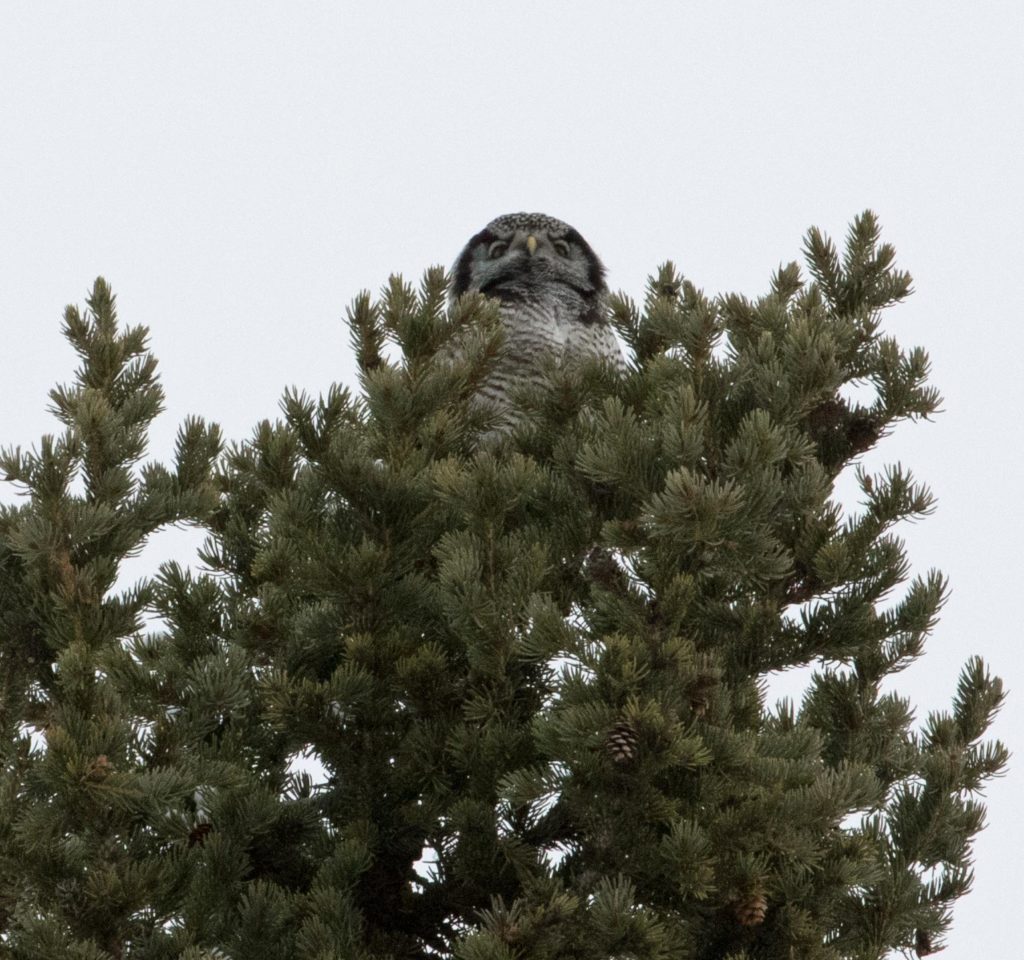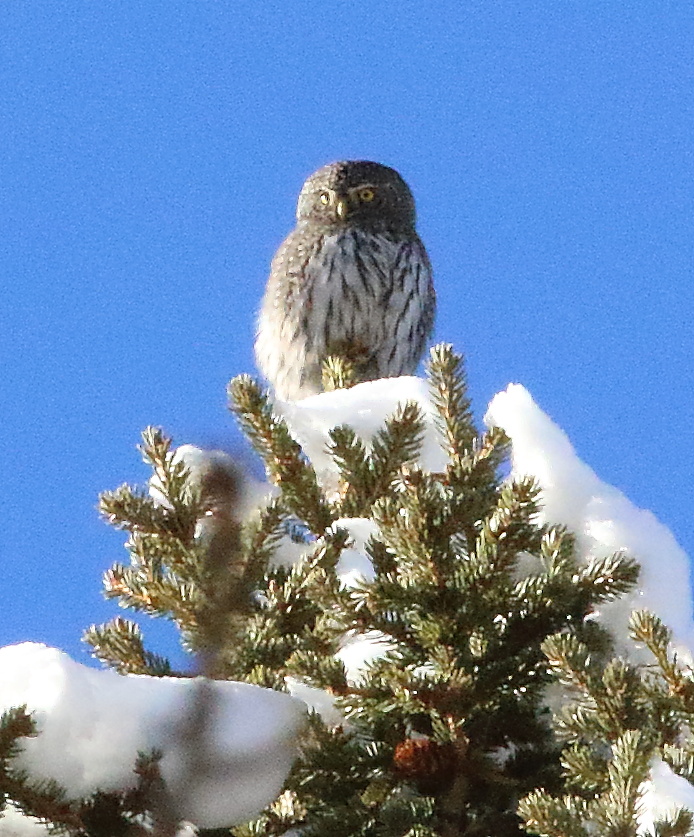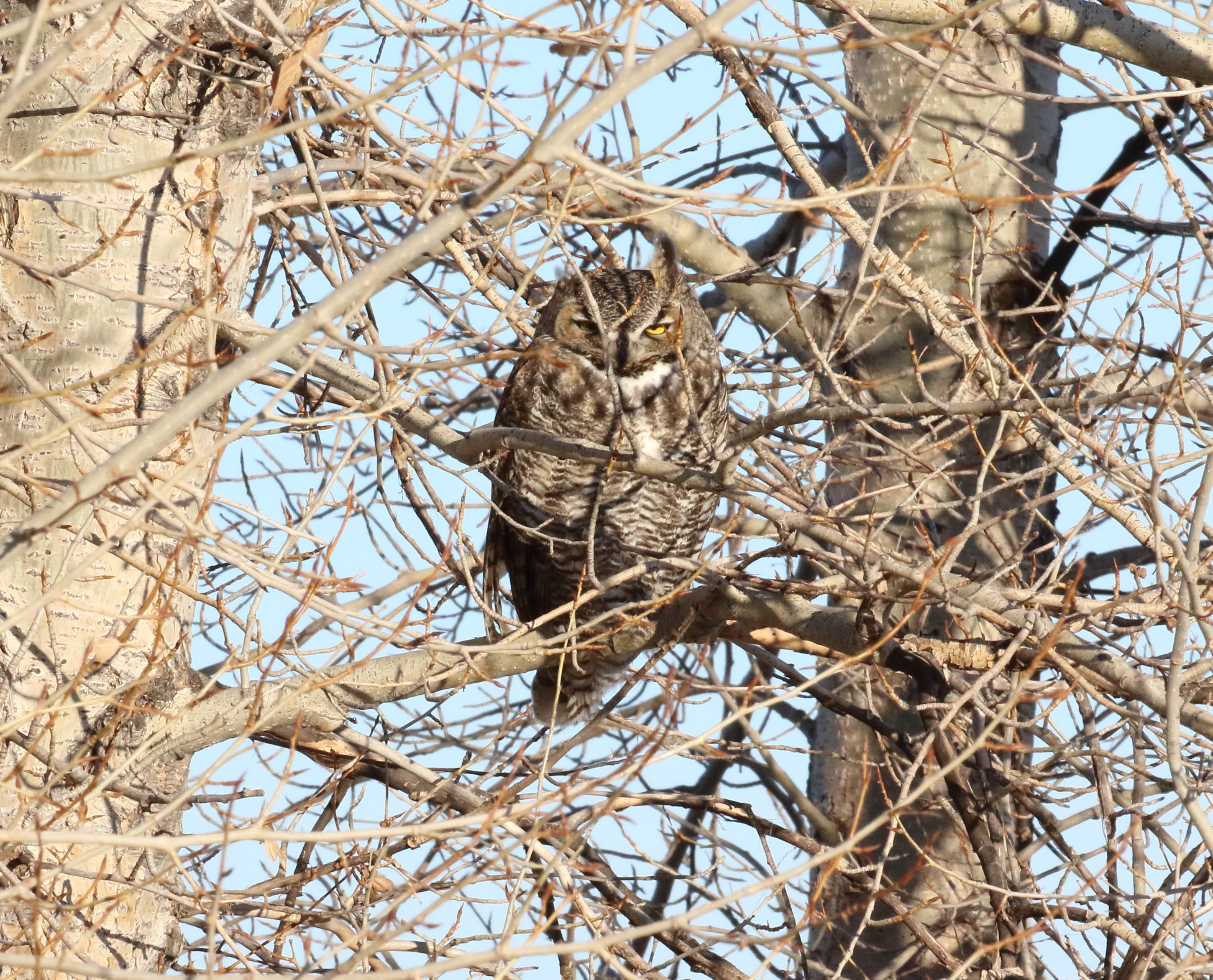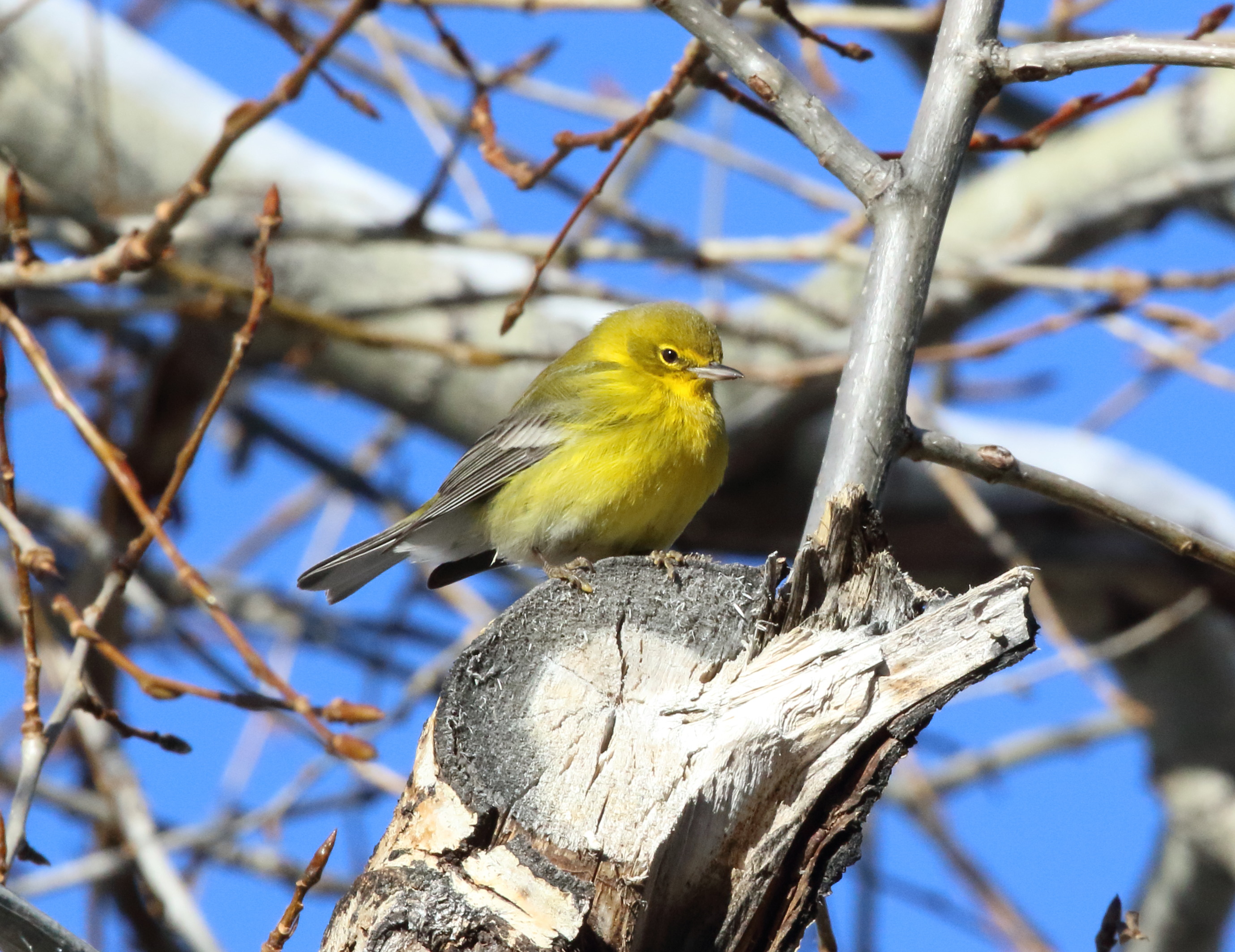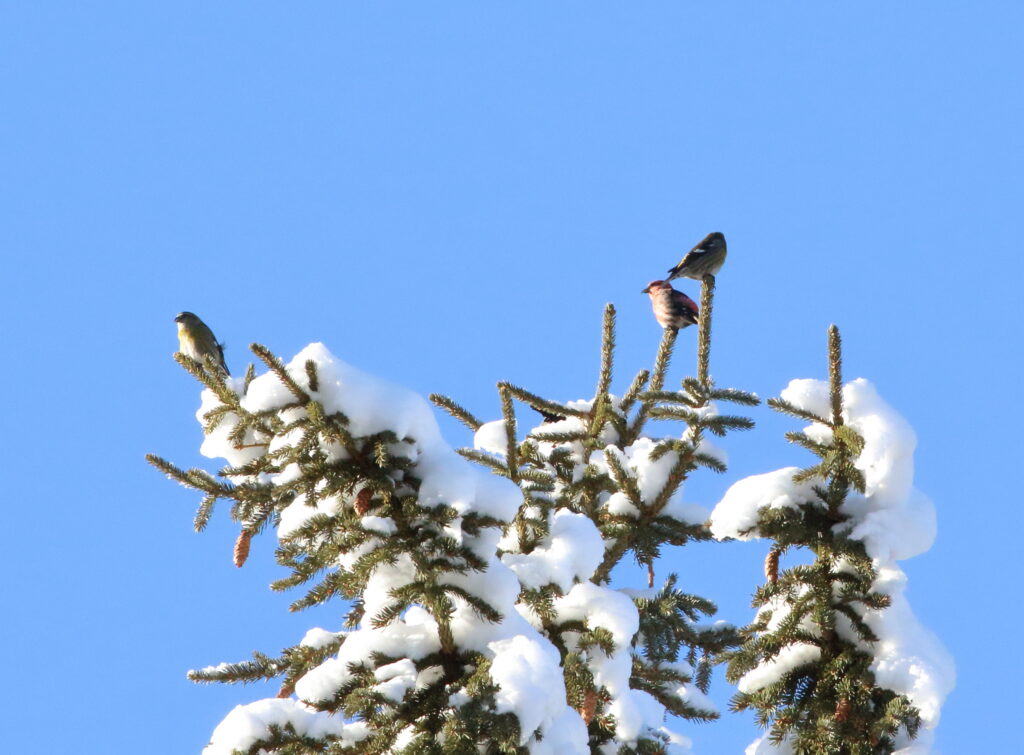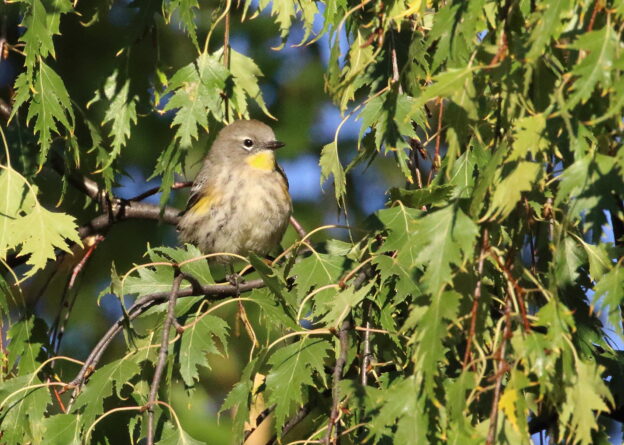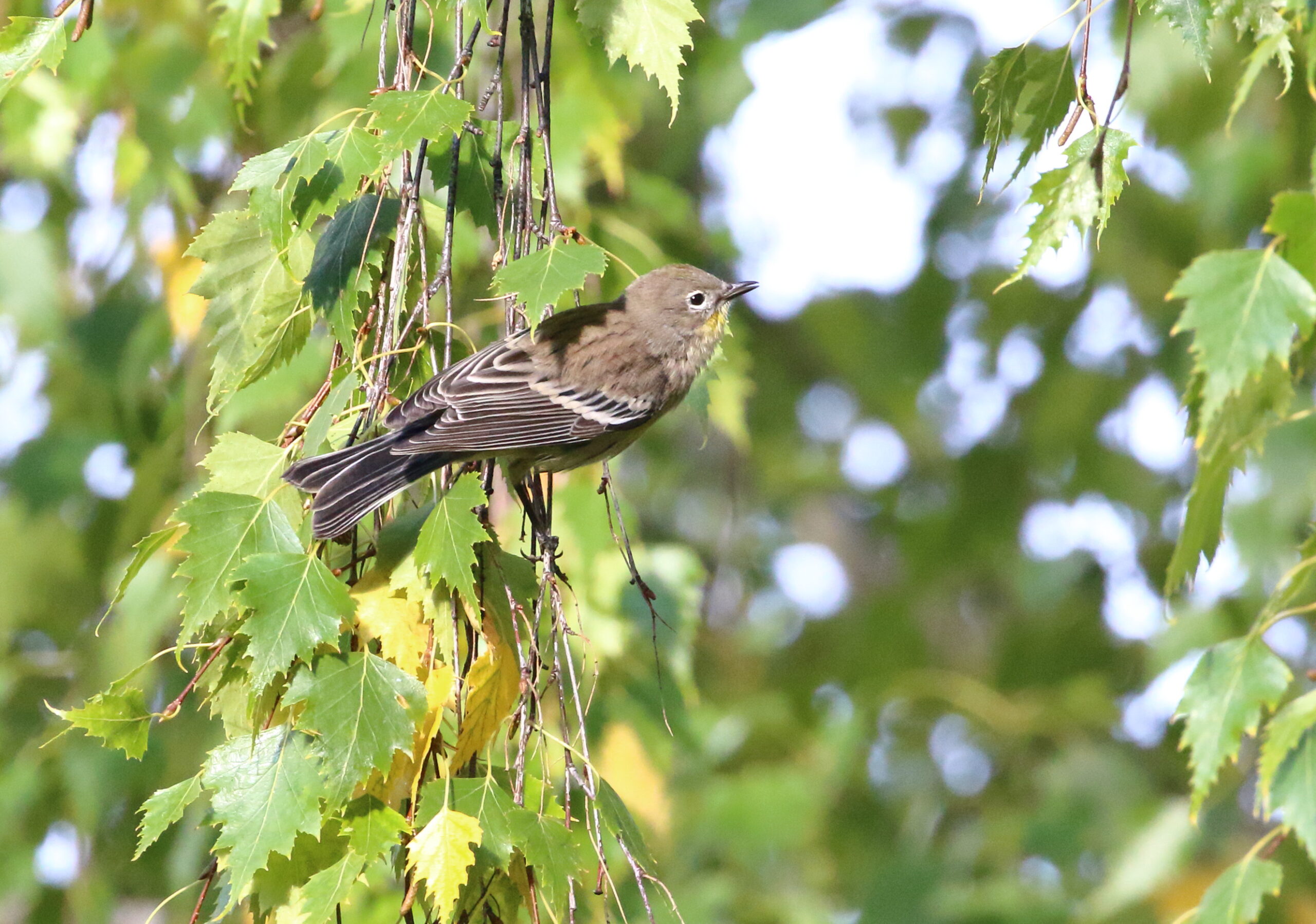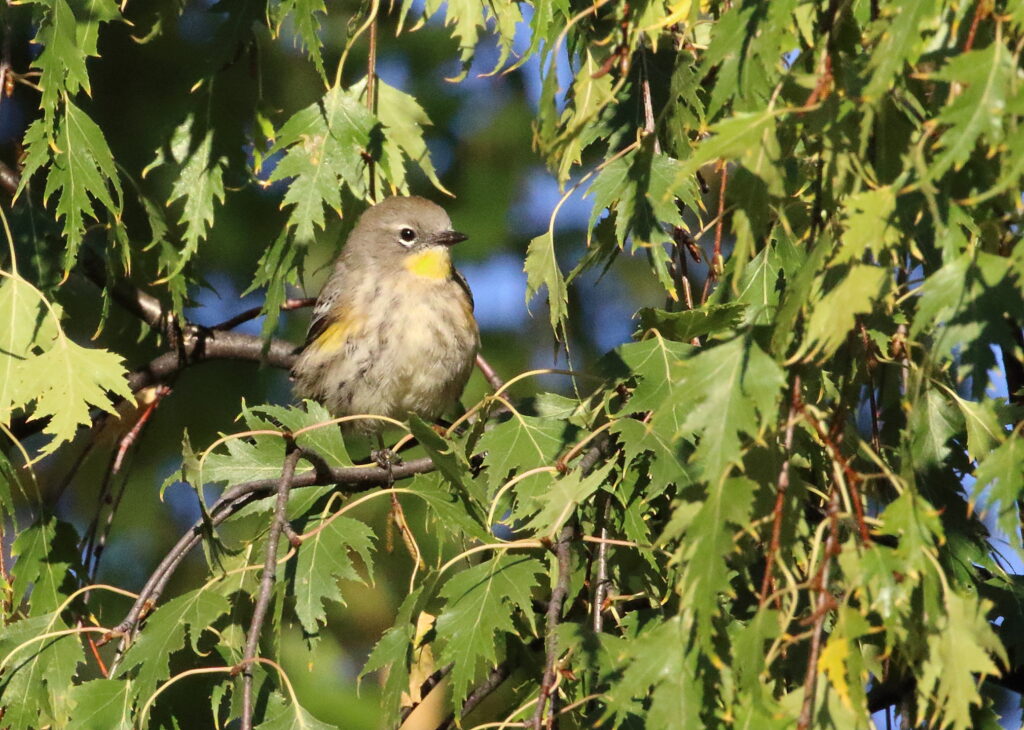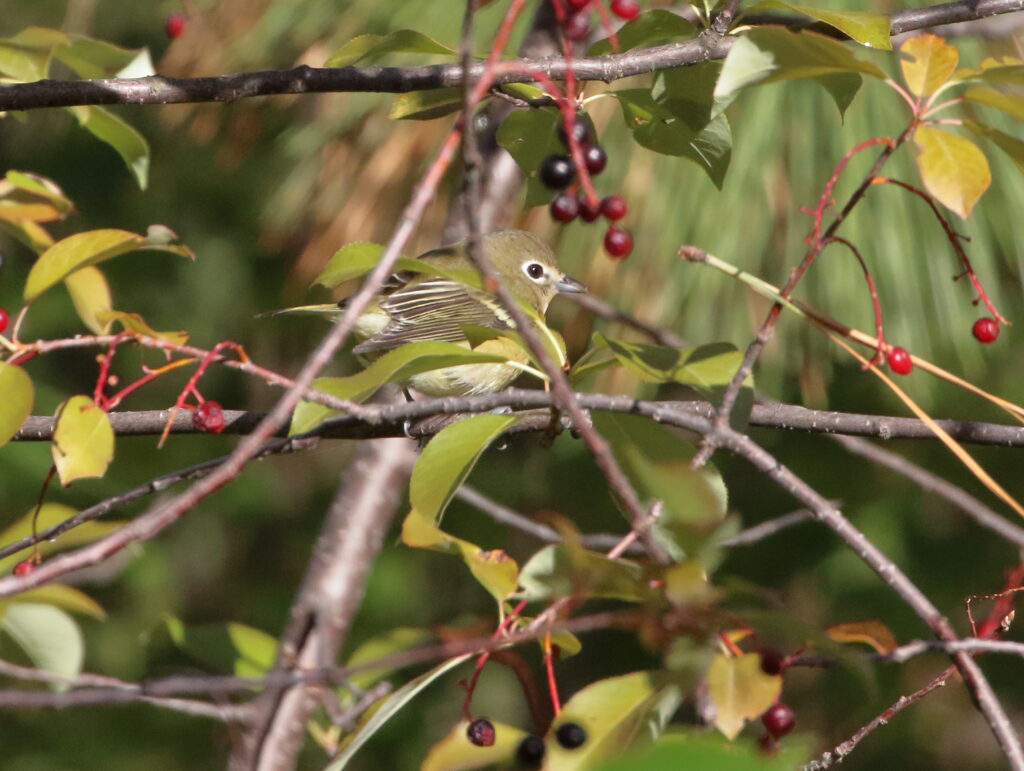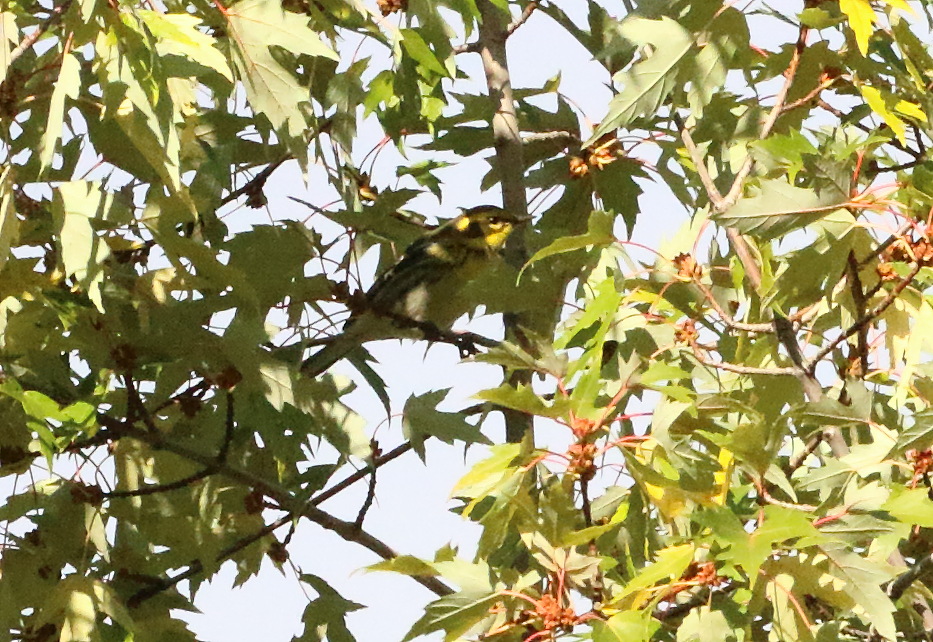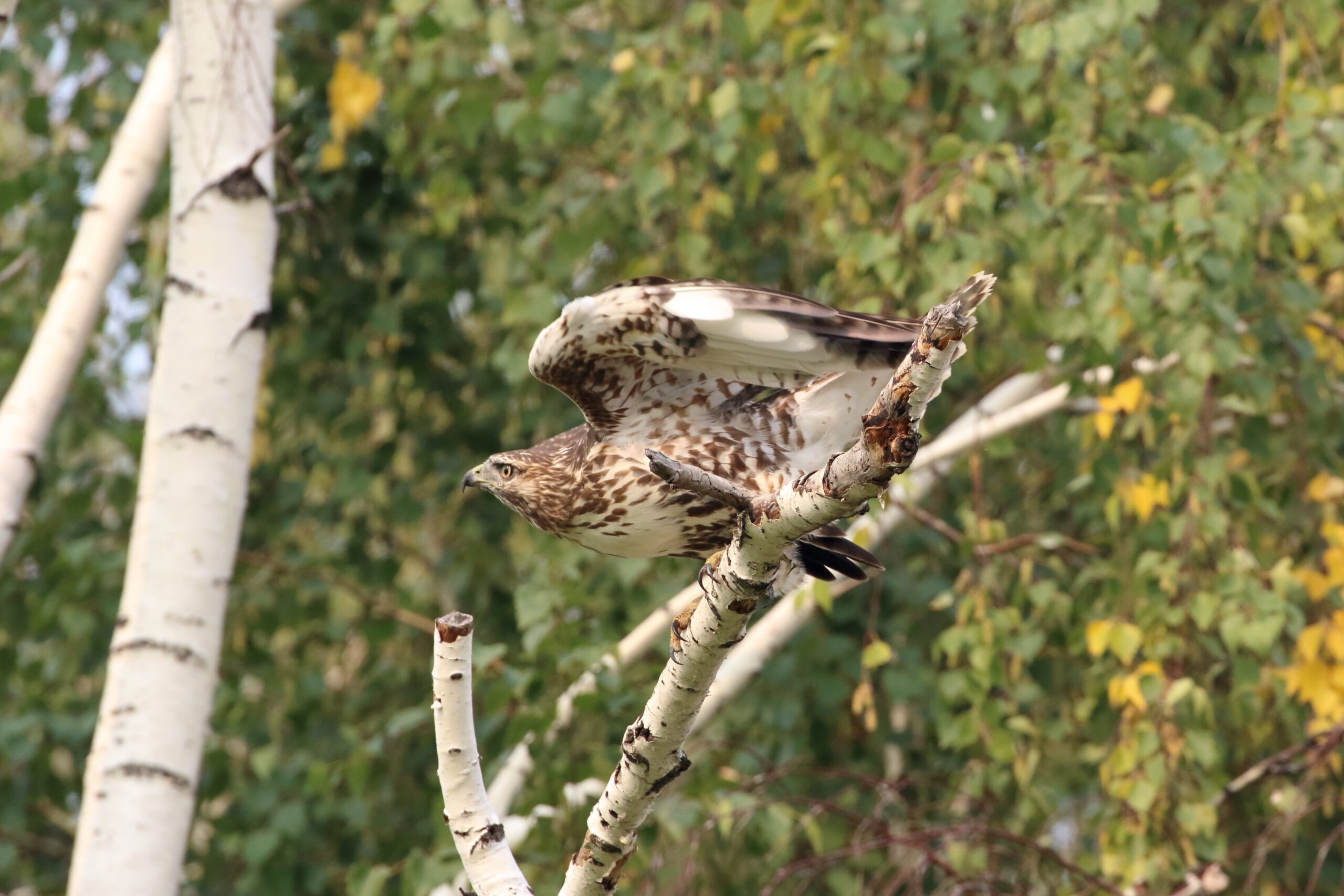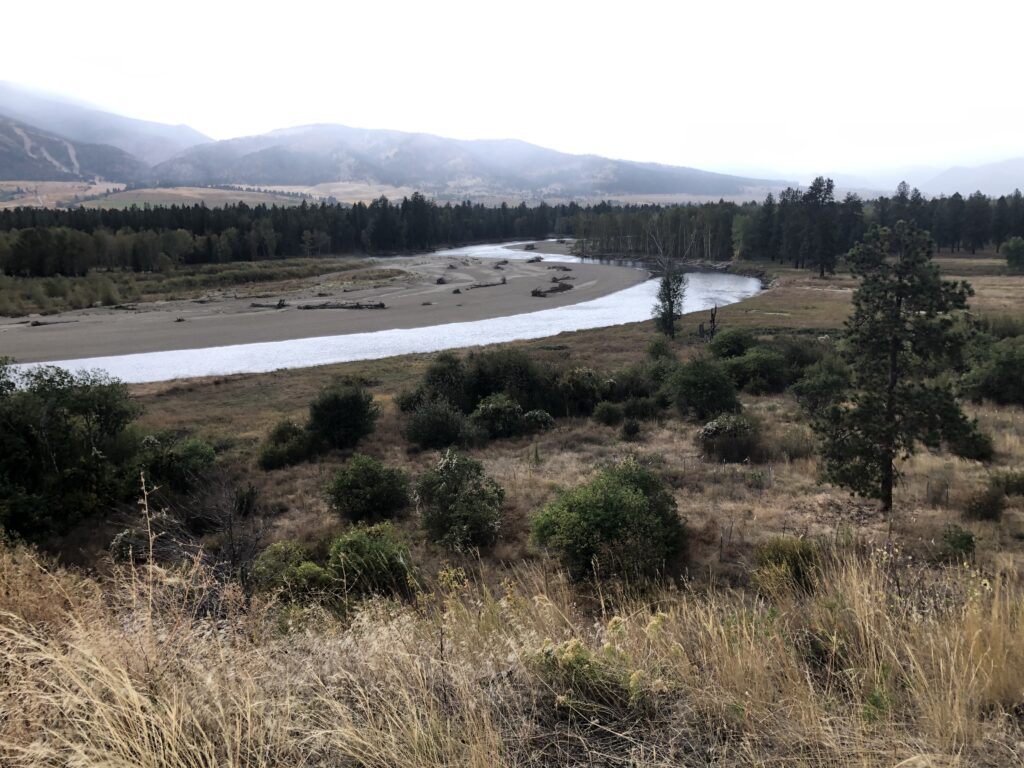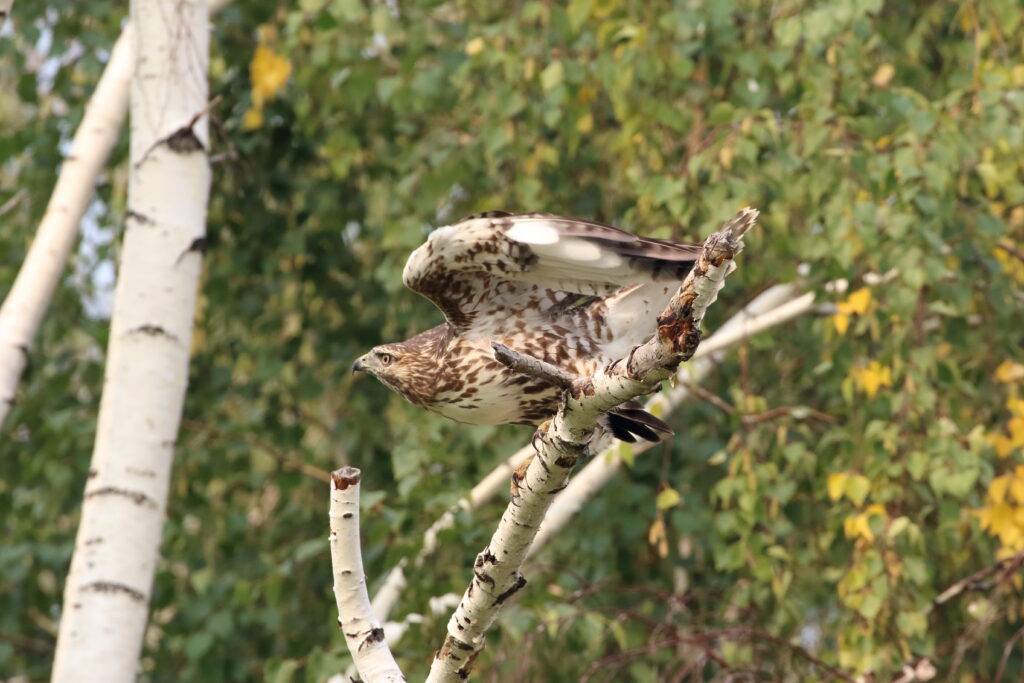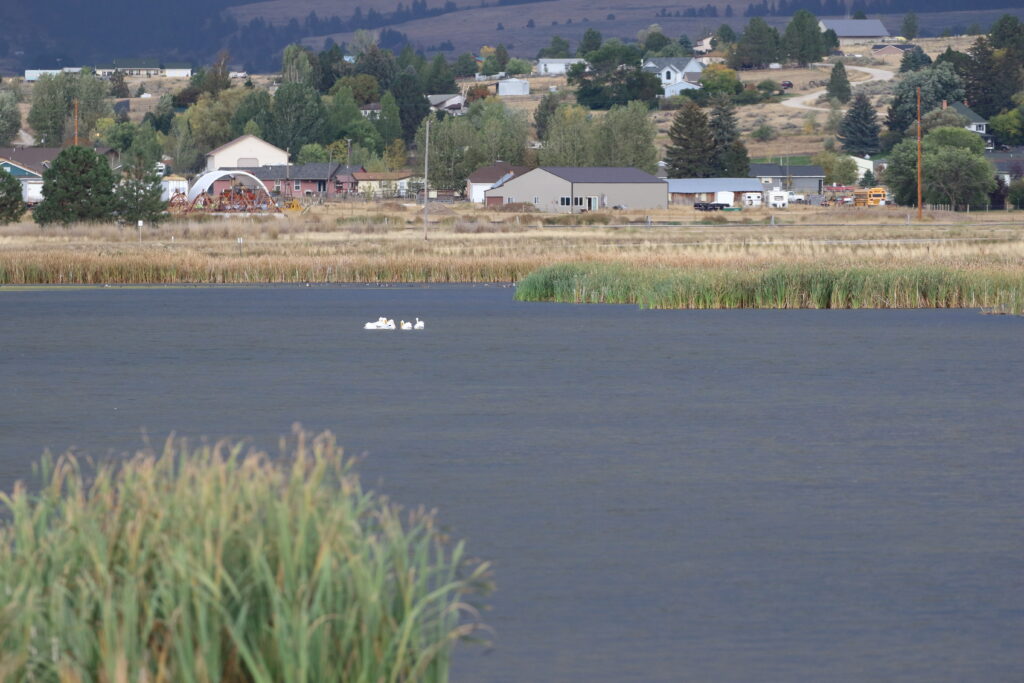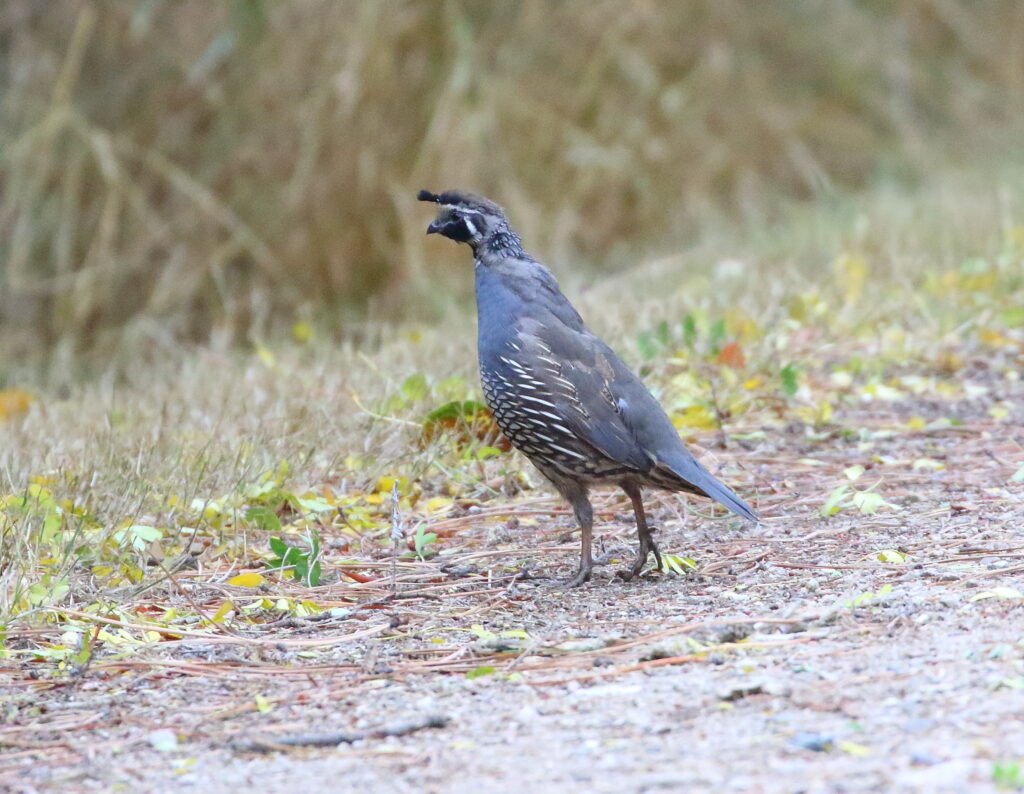As always, we’d be delighted if you share this post with anyone you think might be interested.
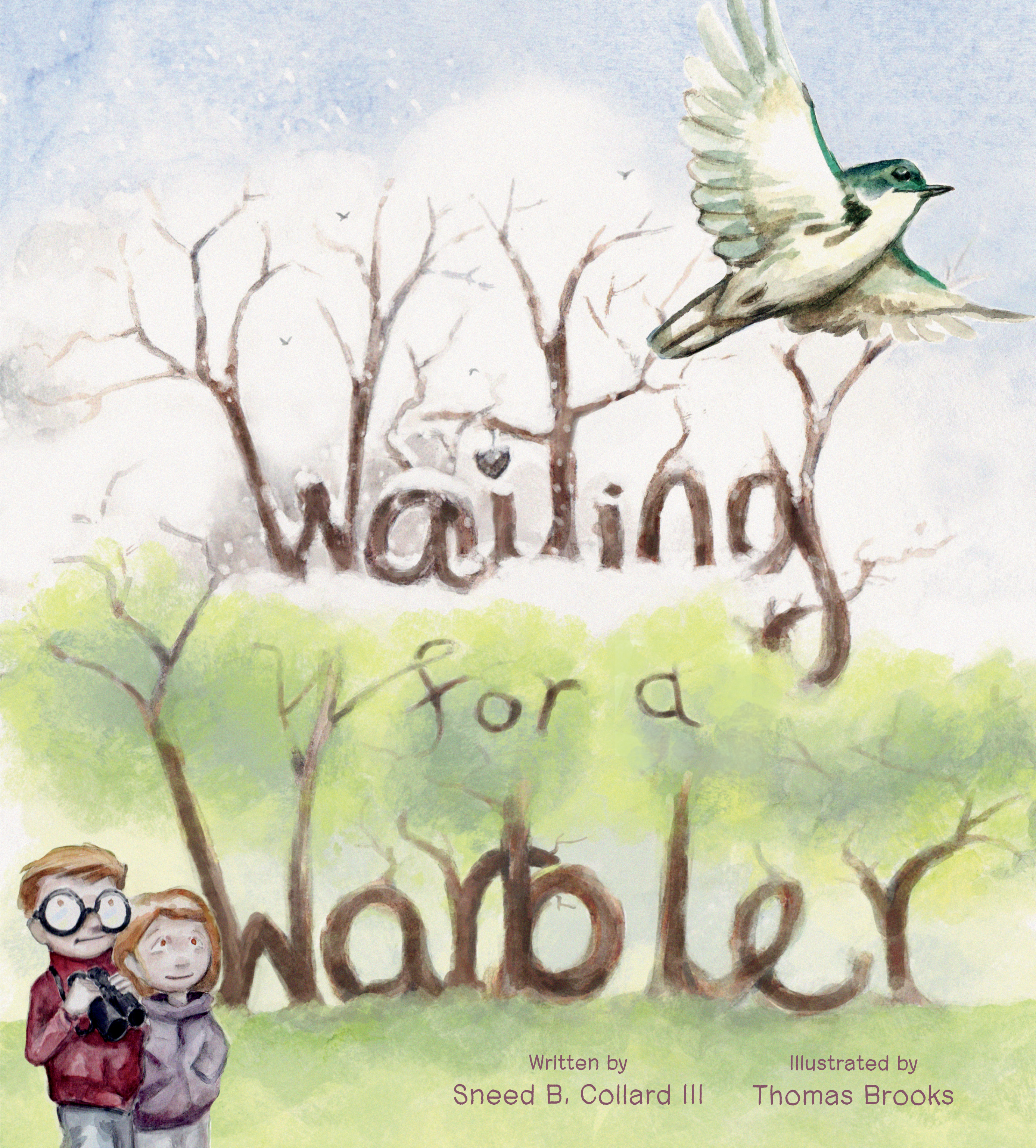
As a writer, birding gives me much more than inspiration. It has granted me a second lease on my career. When Braden and I dived into birding, it was the heart of the Great Recession and, like now, publishers were buying zilch. I was trying different things with mixed results, but felt more or less directionless. Birding changed all that. The more we saw and learned about birds, the more ideas I had to write—ideas that have resulted in adult books and magazine articles, and in my children’s books Fire Birds; Woodpeckers: Drilling Holes & Bagging Bugs; and Birds of Every Color. My newest title, Waiting for a Warbler, has a special history I’d like to share.
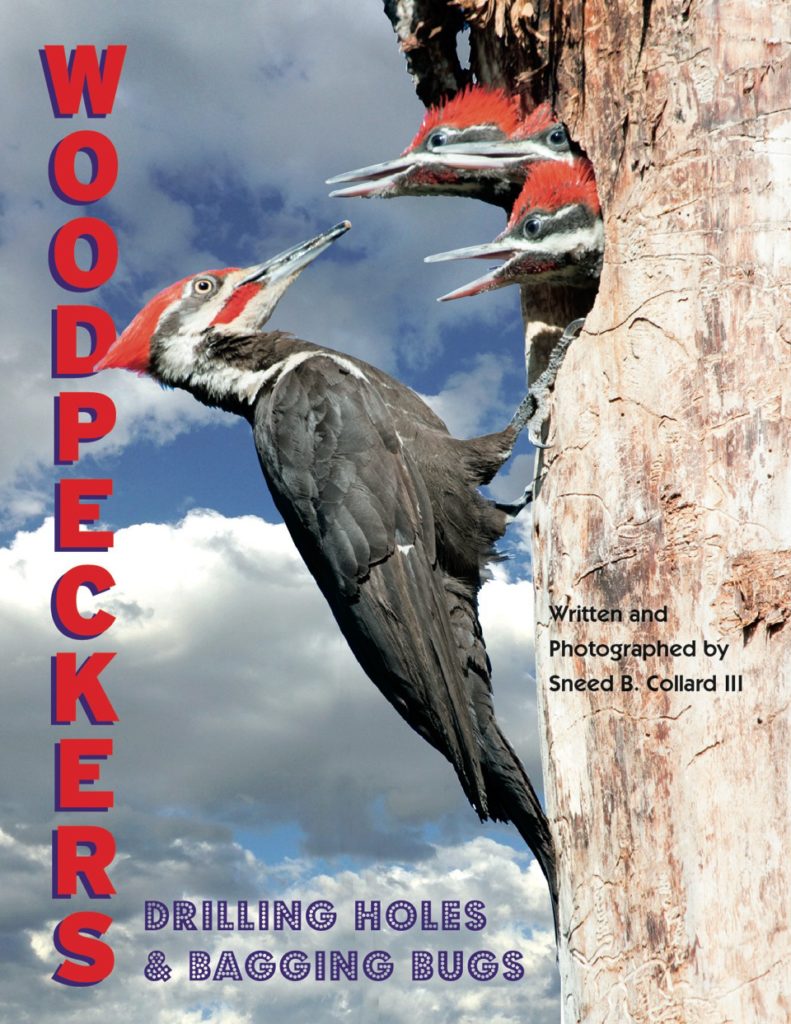
Woodpeckers: Drilling Holes and Bagging Bugs by Sneed B. Collard III (Bucking Horse Books, 2018) 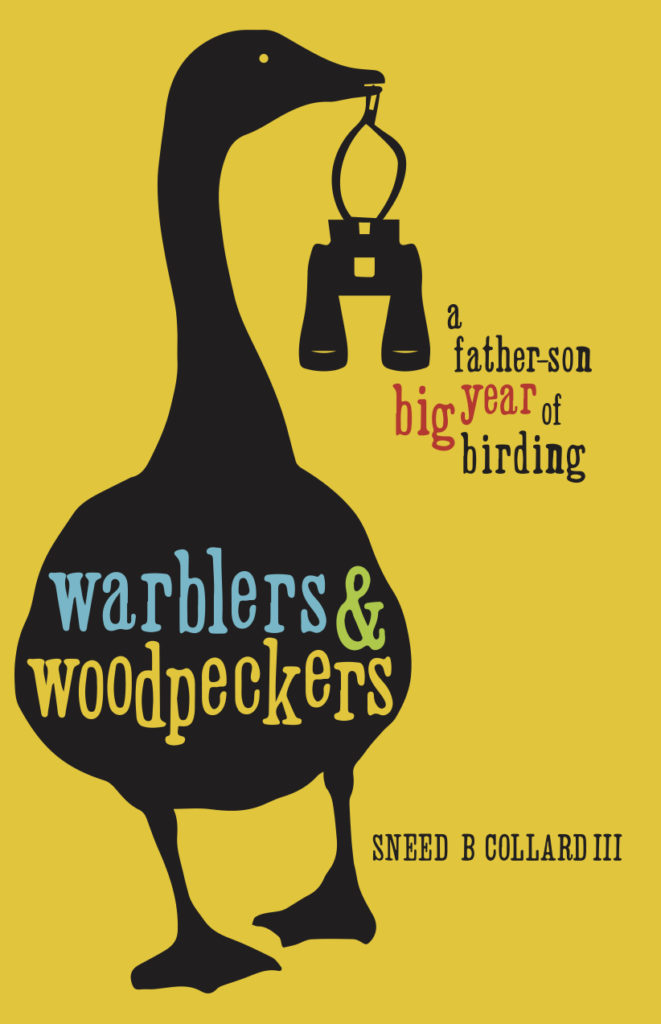
“What makes this big-year book different is the father-son bonding element . . . the picture of a teenager that emerges has the ring of truth. A proficient storyteller, Collard writes with style about their travels together . . .” —Kirkus Reviews 
The idea to write about warbler migration blossomed in my brain only days after Braden and I visited High Island, Texas during our 2016 Big Year of birding. High Island is what’s called a migrant trap. The shelter and food it provides lures thousands of exhausted, migrating songbirds as they complete their marathon eighteen-hour flights across the Gulf of Mexico. We spent only a day at High Island, but during that time observed more than a dozen kinds of warblers along with tanagers, thrushes, vireos, and many other songbirds, and I was so inspired I quickly wrote down a story and sent it to a publisher who had expressed interest. I heard . . . nothing. No call. No feedback. No offer.
I let the idea sit for a year or so—often a useful thing to do to get perspective on a manuscript—and took another look at it. I realized it read a little stiff and impersonal, and decided to recast it as the story of one individual warbler crossing the Gulf of Mexico. I sent it to a different publisher, who wrote back within a month or two and said that he liked it, but what about working in the idea of a family waiting for the warbler to arrive? It was a great suggestion and I quickly revised the story and sent it off. Two years later, the book has been published!
The book recounts the epic, dangerous journey of a male Cerulean Warbler that runs headlong into a storm halfway across the Gulf of Mexico, but it also focuses on a family that has been working hard to improve its backyard habitat for birds and other wildlife. The two children had glimpsed a Cerulean Warbler the year before, but the bird had not stayed, and they hope to see the bird again this year. I will leave the rest to your imagination—or, better yet, until you read the story for yourselves—but I have to say that I am extremely proud of this book both because of the adventure it shares and the positive role models it offers. The delightful illustrations by Thomas Brooks help make Waiting for a Warbler both a perfect read-aloud and a useful resource for a family or class-room conservation project. Braden and I hope that you all enjoy it, and would be grateful if you share this post with friends, teachers, and others. Bird—and write—on!

